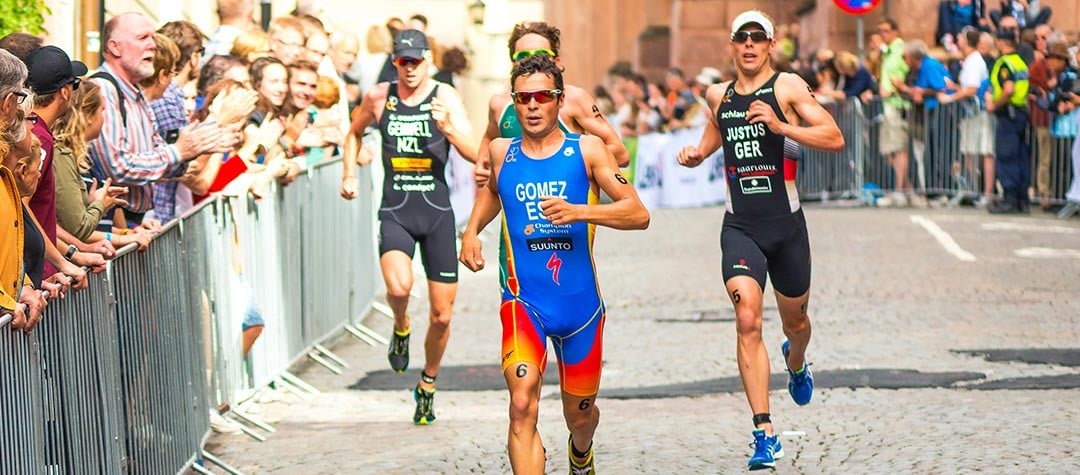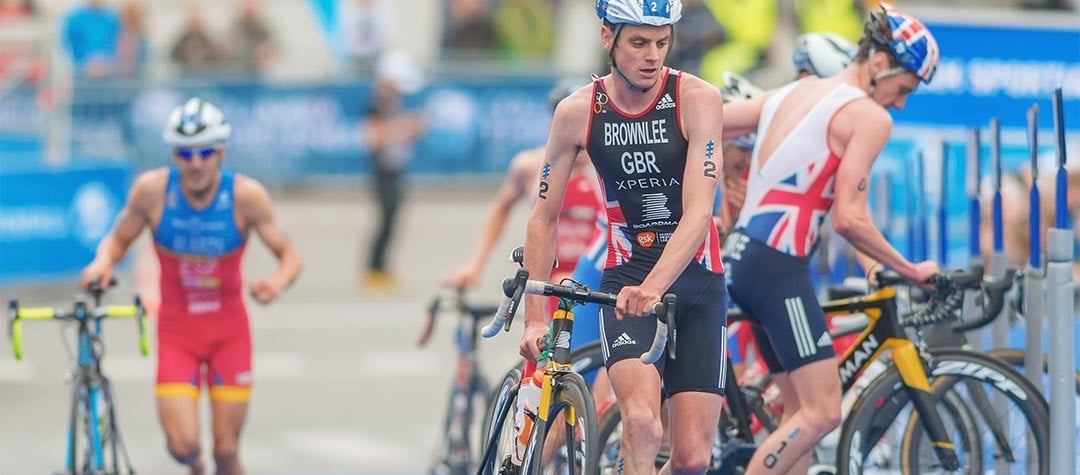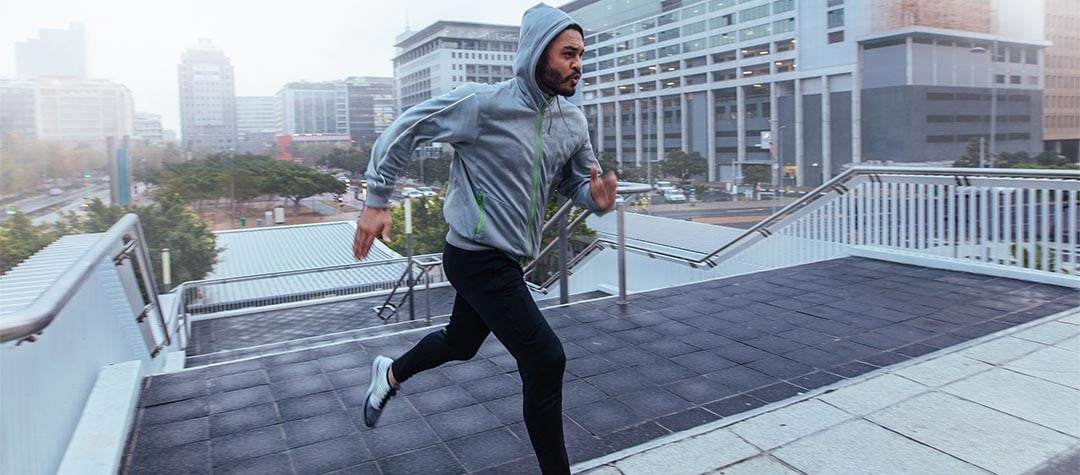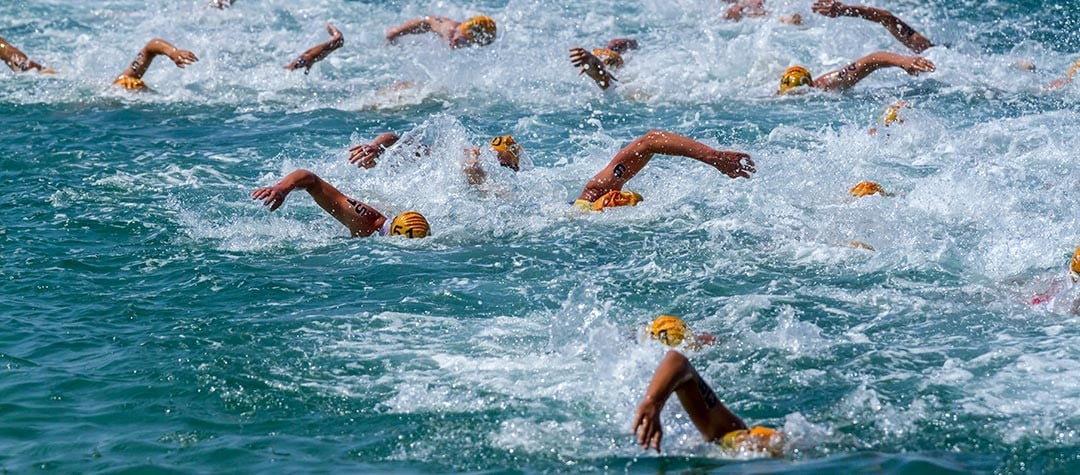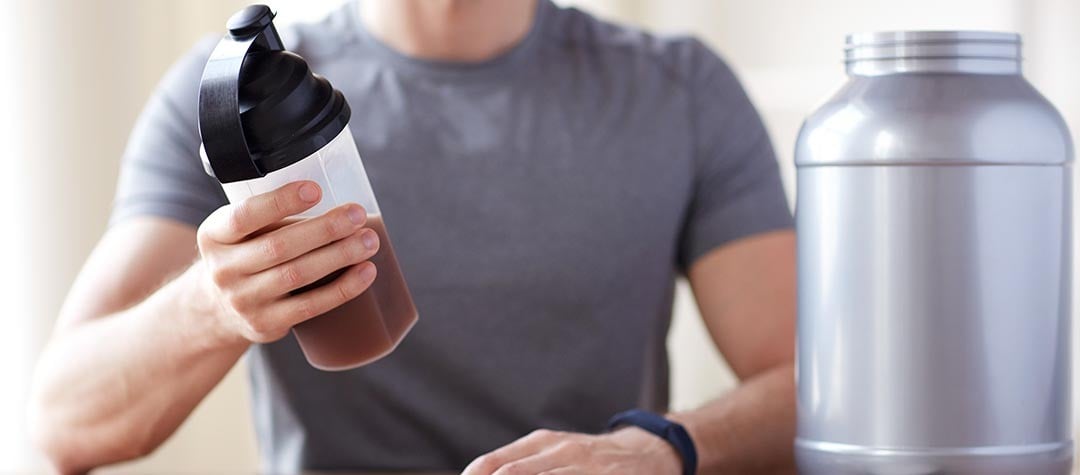Looking to make those triathlon gains by upgrading your gear? Triathlete Will Clarke shares some tips on those looking to upgrade and get more bang for their buck.
If you're an amateur triathlete looking to get faster there are endless gear upgrades you can choose and you can definitely spend a lot of your money on this. However this doesn’t promise that you’ll fly!
The biggest gains you can make still come from training hard, getting fitter and stronger and improving your technique. However, these are the gear upgrades that, in my eyes, will give you the biggest gains for your spend.
Get a bike fit
Wind resistance or drag is one of the most important factors to consider when trying get faster on the bike so with that in mind it’s worth getting your bike position looked by a professional with an eye for speed. You need to find the perfect balance between a position that makes you as aerodynamic as possible but also enables you to produce as much power as you need.
This should be a never ending process and each year you should try to adapt your body to push more power in a faster position. The gains you make from this will usually outweigh any training you do (within reason).
Time trial bike
With your aerodynamic position in mind you’ll need a bike that can support the new position, and ideally a time trial bike should be what you are after. Time trial bikes are built purely for speed, and believe me they are much faster than a road bike. In performance terms they can be on average upwards of 3kph faster.
A top end time trial bike will be extremely slick with everything tucked away into the frame with deep tubing and aggressive angles. Usually the position is shunted far forward so you’re able to sit more over the cranks and rotated over the aerobars in a lower position. It’s only on a time trial bike you can get this kind of geometry to support this so it’s not normally that easy to replicate this on a road bike.
A good quality wetsuit
Wetsuits may seem like much of a muchness but there is actually a fair difference between a bad quality old wetsuit and a brand new fast suit which will set you up for a faster race. A fast wetsuit will have higher quality neoprene and different panels offering different benefits.
For example thin layers around the arms offering increased mobility and thicker panels around the hips down to your legs. If you’re a serious athlete it’s important to have a good quality wetsuit and also relatively new as they do sometimes degenerate quite fast unfortunately!
Aero helmet
Aero helmets are the next upgrade you should make giving you good performance gains for your money. The head is a big block right in the way of the wind and if you can minimise some of that drag with a suitable helmet then it will give you surprising time savings.
There are many different kinds of aero helmet you can buy and everyone is different. I opt for a long tailed UVEX helmet to fill the gap from my head to the middle of my back. I use it with a visor to reduce drag around my face even more. However some people require less of a tail or even one with no tail at all. It’s about finding something that suits your riding style.
Upgrade to faster wheels
Wheels are the next thing to upgrade and unfortunately often one pair isn’t enough, especially if you race often on different types of courses where having a choice of wheel is an obvious advantage. A disc wheel is certainly useful to have in your artillery if you’re getting serious about your racing. Disc wheels are nearly always the fastest wheel to have on most courses, even if it’s windy.
With disc wheels it’s important to always make sure that they are fitted to your bike properly; they are wider than most wheels so on some bikes you have to play around with your brake blocks to make sure they are wide enough to accommodated it. Otherwise when you climb a steep climb the brake blocks can touch the wheel. If you had to choose one front wheel to combine it with then I’d recommend a medium depth (50-75mm) which will serve you well on most courses.
Power meter
Power meters are an amazing training tool to have and are very beneficial to have as a guide during the race and for feedback. This list is not in order of importance by any means, I feel that a power meter is almost crucial especially as the races get longer.
If you own a power meter you can easily monitor your training and see the improvements, and during a race you’ll have a clear idea of what power you’re realistically able to hold. This will help guide you and also motivate you and will offer a distinct advantage over people who don’t own one.
Picture credit: Hans Christiansson / Shutterstock.com











